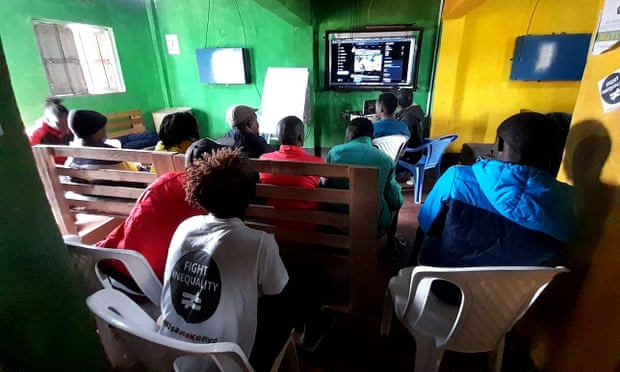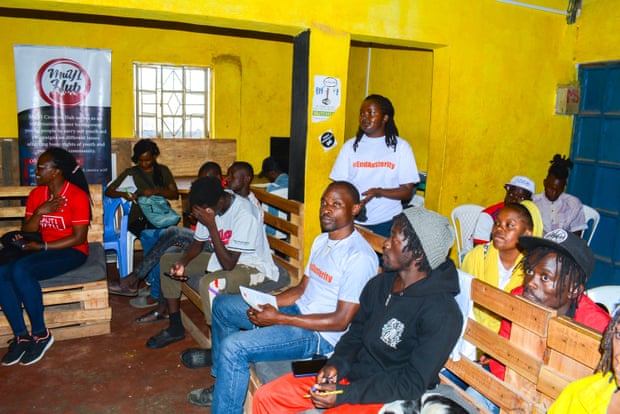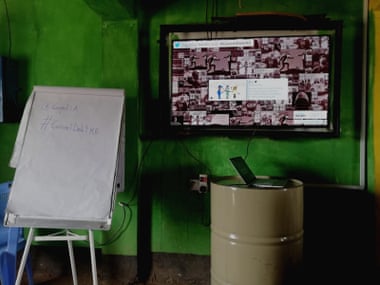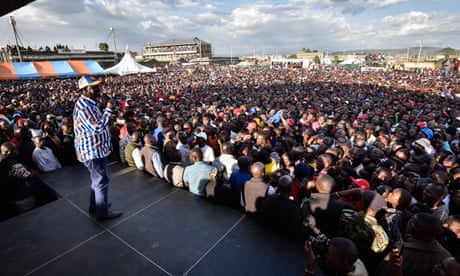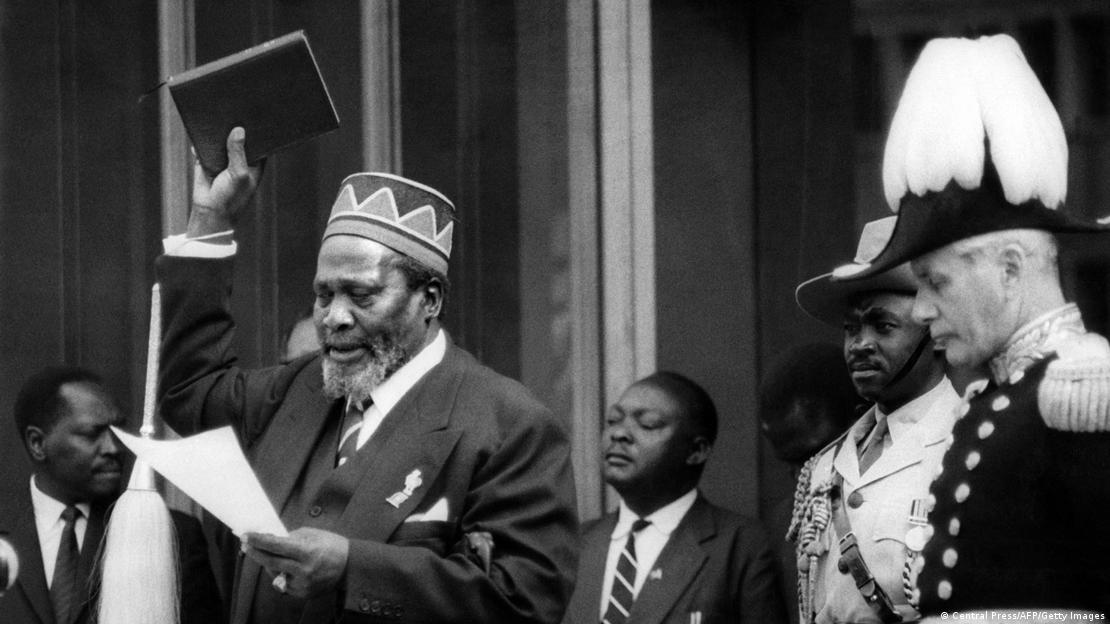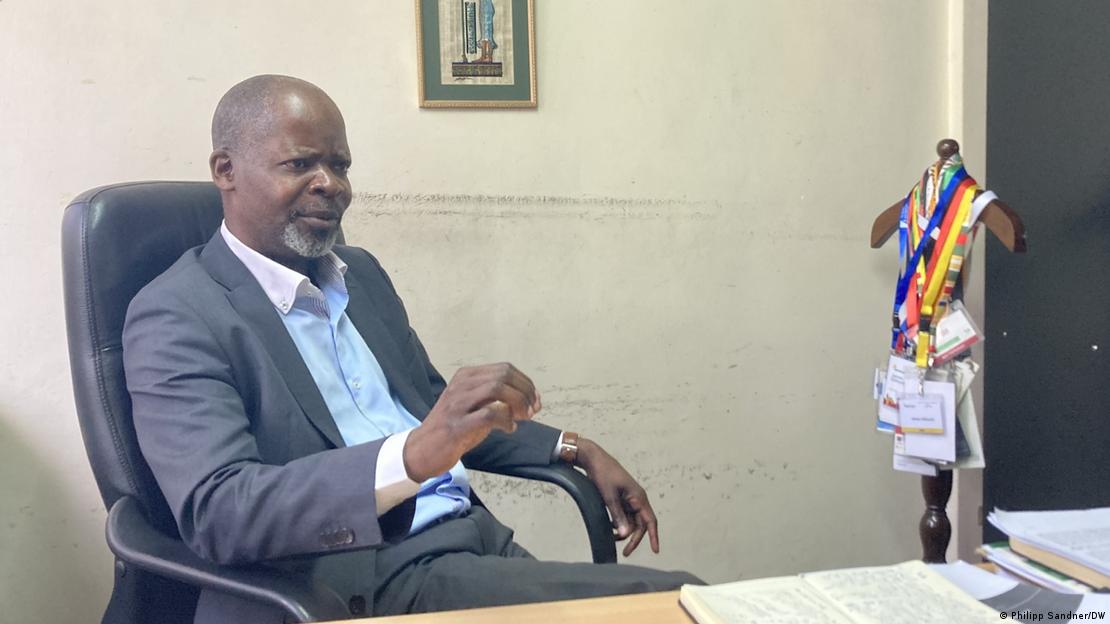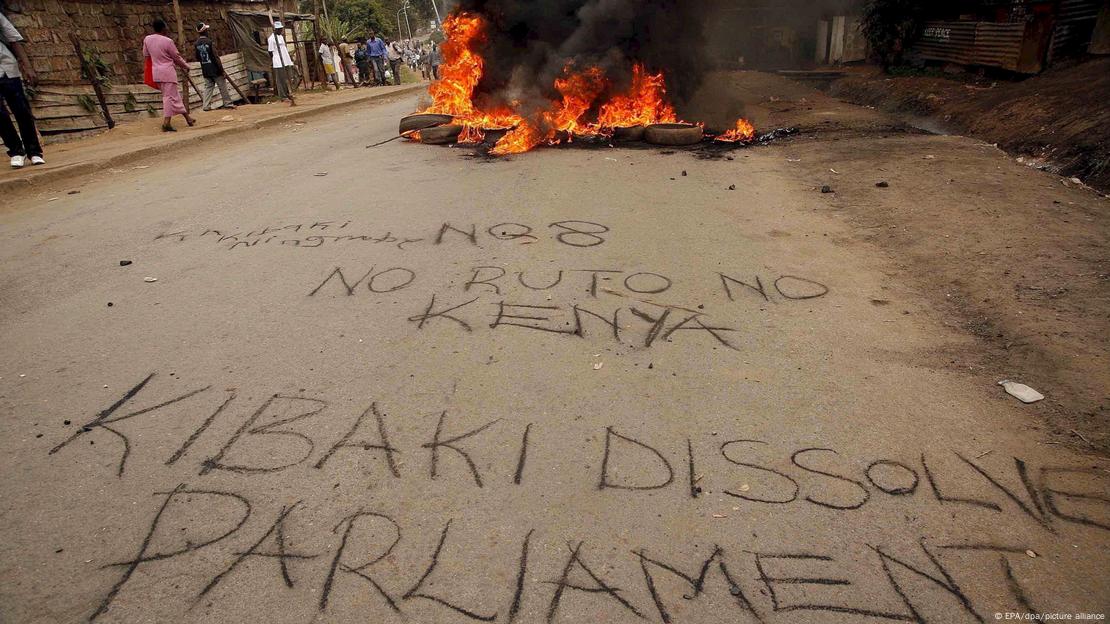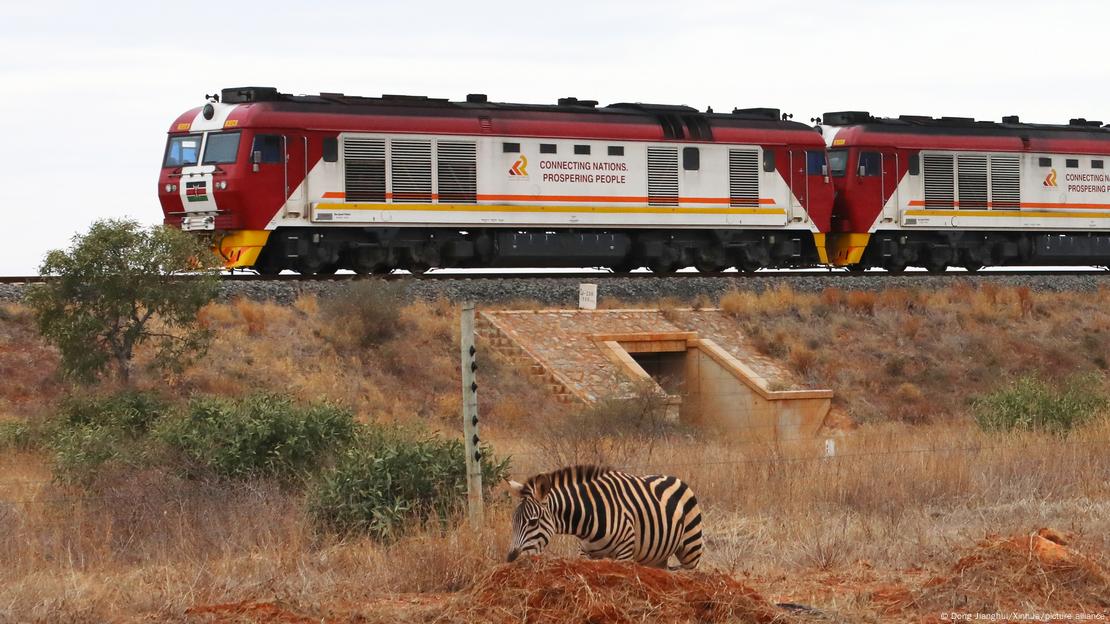Kenya’s Ambitious Renewable Energy Revolution
- Kenya targets 100 percent clean energy by 2030, backed by a $70 million investment from the Climate Investment Funds.
- The country's renewable energy sector, primarily geothermal and hydro sources, faces challenges in meeting peak demand and grid stability.
- With expert support and funding, Kenya anticipates becoming a global leader in renewable energy, setting a precedent for other nations.
Kenya aims to transition to 100 percent clean energy by the end of the decade, under one of the world’s most ambitious climate pledges to date. It is being supported – alongside several other countries, by funding from several development banks under a scheme that is expected to support the advancement of a global green transition. As several economically developed countries invest in the shift from fossil fuels to renewable alternatives and decarbonize their economies, greater funding will be required to ensure that the green transition is taking place on a global rather than just a local level.
The Climate Investment Funds (CIF) will finance a $70 million plan to advance Kenya’s renewable energy capacity in support of a green transition, with an initial payment of $46.39 million. The CIF was established in 2008 as a multilateral climate fund to finance pilot projects in developing countries at the request of the G8 and G20. It expects the financing from its Renewable Energy Integration (REI) investment program to contribute to a reduction in Kenya’s greenhouse gas emissions by 32 percent by 2030 and to help the country achieve net-zero carbon emissions by 2050. Most of the funds will come in the form of a loan, with $5 million in the form of a grant.
The CIF investment is expected to spur high levels of additional investment in the green energy sector, with a further $243 million from the public and private sectors expected from implementation partners, including the African Development Bank and the World Bank Group.
At present, nearly 90 percent of Kenya’s energy comes from renewable resources, with 45 percent coming from geothermal sources and 26 percent from hydropower. However, Kenya’s renewable energy sector faces significant challenges and is still often unable to meet peak demand. Its energy sources do not provide a steady flow of energy, meaning that alternative options must be added to the grid and the country’s battery capacity must be increased, to ensure the growing energy demand is met and excess energy produced outside of peak hours is not lost.
Although a large proportion of Kenya’s power comes from renewable sources, it currently experiences regular blackouts due to the unstable state of its existing grid system. According to Kenya’s National Bureau of Statistics, it imported 706.9 kWh of electricity from neighboring Ethiopia and Uganda in the first 11 months of 2023, a significant increase from 288.27 kWh in the same period of 2022.
Expert support from the CIF is expected to help Kenya tackle these challenges and develop its renewable energy, to achieve 100 percent clean energy generation by 2030. The move will help attract investment in innovative storage technologies, such as battery storage and pumped hydropower, to combat the challenge of stable power delivery. It will also see the addition of alternative renewable energy production, such as solar and wind power, which will see an increase of 30 percent and 19 percent respectively by 2030.
Kenya is one of ten countries to receive funding under the CIF’s REI program, alongside Brazil, Colombia, Costa Rica, Fiji, and Mali. Funding from the CIF is expected to support the green transition of these countries, in support of a global green transition. While several Western countries are investing in the deployment of renewable energy operations, many developing countries cannot afford to do the same without funding from donors and richer countries. Investing in the developing world’s green energy capacity will support the global green transition needed to tackle climate change.
Anthony Nyong, the Director for Climate Change and Green Growth at the African Development Bank stated, “We are excited to welcome the endorsement of the REI Investment Plan for Kenya, a transformative step towards a sustainable energy future.” He added, “This comprehensive plan represents a strategic blueprint for integrating renewable energy into?the country’s energy landscape. It reflects our collective commitment to fostering innovation, reducing carbon emissions, and creating a resilient energy infrastructure. We?look forward to actively participating in the implementation of this plan, working?hand in hand with all stakeholders.”
Kenya has significant renewable energy potential, as seen through the recent development of its already strong green energy sector. It is home to vast geothermal resources, coming from the African rift, which runs underground. The Somalian and Nubian tectonic plates moved in opposite directions around 25 million years ago, making the surface between two fault lines sink, and transporting magmatic fluids closer to Earth’s surface to create the rift. The valley stretches over 6,400km from Jordan to Mozambique, providing the perfect conditions to generate geothermal energy.
Peketsa Mangi, the general manager of geothermal development at KenGen, explains, “Kenya has developed the capacity for precision geoscientific studies that help us to identify potential areas to drill. Exploration and drilling are cost-intensive endeavours and investors don’t want to go to a greenfield without confirmed viable resources.” The oil crisis experienced in the 1970s accelerated the deployment of geothermal resources across the country, providing a blueprint for other countries on the rift to follow.
An abundance of renewable energy sources has already allowed Kenya to develop its green energy sector substantially. Funding from the CIF is expected to help the East African country to achieve 100 percent clean energy by the end of the decade and net-zero carbon emissions by 2050. This will put it far ahead of many other countries striving to achieve a green transition and could provide the blueprint for neighboring countries to follow.
By Felicity Bradstock for Oilprice.com






